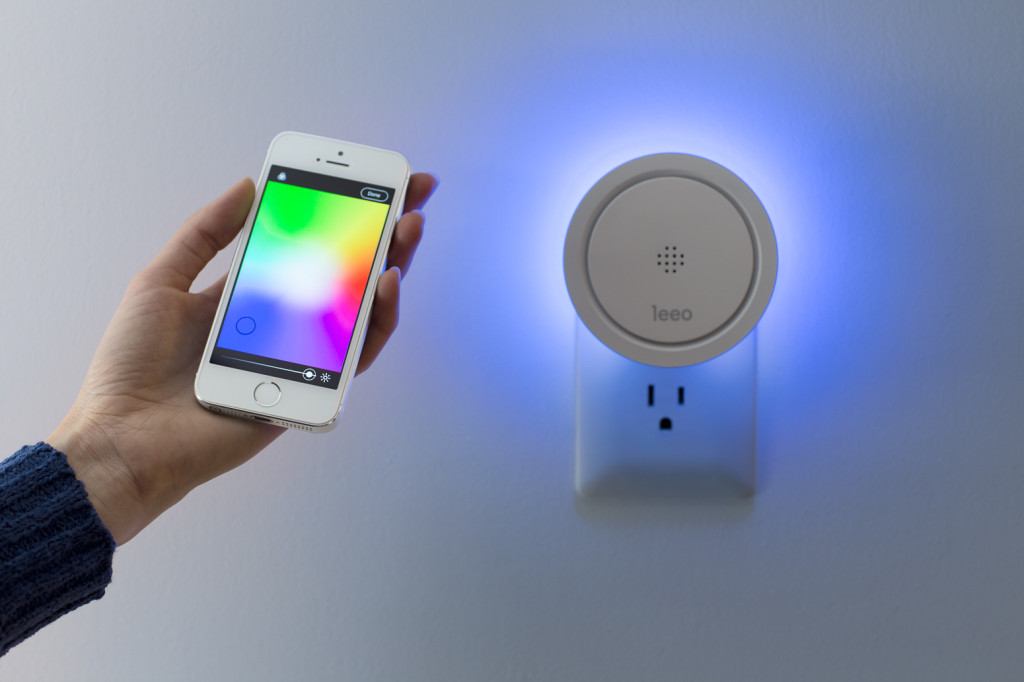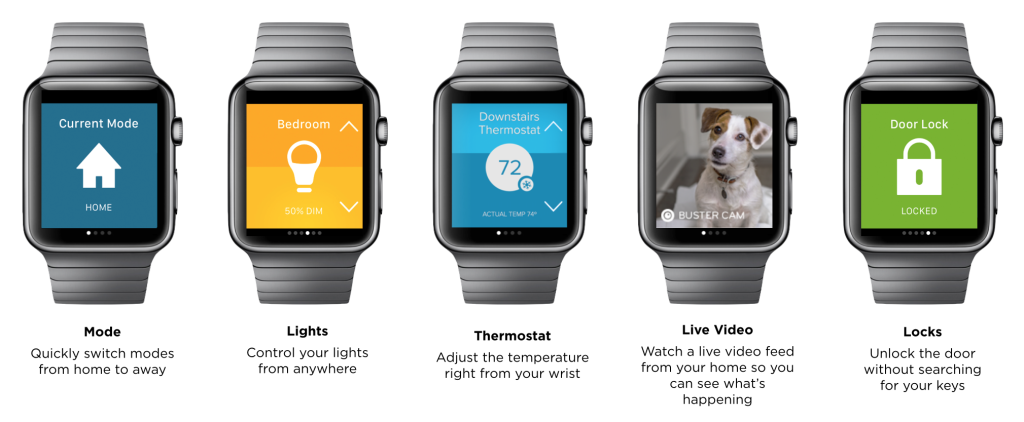We now have four devices for Apple’s HomeKit and about as many slides detailing Google’s own entry into the Internet of things with its Brillo operating system and Weave communications platform. Kevin and I discuss what we know about the Google strategy and more importantly, what we don’t yet know. We also discuss some new research on the use of consumer connected devices in corporate IT networks from OpenDNS and use our 5-minute review slot to talk about the Ecobee 3 and the Lutron Caseta devices that just launched in new, HomeKit compatible versions.
After the break, I interview Chet Pipkin, the CEO of Belkin, which makes the WeMo line of connected devices. We talk about WeMo’s future in the connected home, why connected devices cost so darn much, and how long we can expect until our smart home experience become more automated, thanks to likes of this electronics design Sydney team innovative devices are becoming more complex, cheaper and smarter. I also ask why my WeMo experience seems so glitchy compared to others. For all this and more, listen up.
Hosts: Stacey Higginbotham and Kevin Tofel
Guest: Chet Pipkin CEO of Belkin
- Why don’t we know more about Brillo’s details and Weave?
- A brief interlude about corporate security
- The 5-minute review on Lutron lighting and the Ecobee3
- Why WeMo doesn’t always work like you want it
- When will our connected devices get cheaper?
Please note, that after we recorded, the Ecobee folks let us know that existing Ecobee3 thermostats are not HomeKit compatible, so you would have to buy a new one.
Podcast: Play in new window | Download | Embed
Subscribe: RSS








